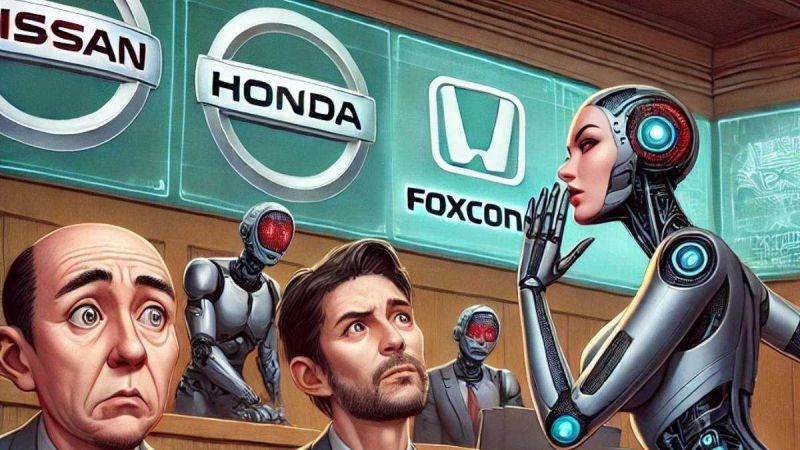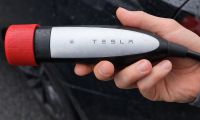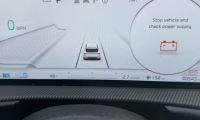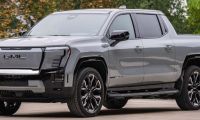The Nissan-Honda merger has largely fallen apart. Mergers are challenging, particularly when trying to merge two huge competitors who need each other but are led by people who don’t want to give up power. There is only one CEO, CMO, COO, and CFO, and the new board will likely not contain the entire membership of both old boards. This means that close to half the people making this decision are also deciding to retire. Typically, this means the people who are leaving get a great termination package, and those who remain may get a retention package that is far smaller, plus a lot of extra work. (Sometimes, I genuinely think the folks who leave with the bigger package are the lucky ones).
This makes it hard to get done. When the companies are of similar size and need to cut costs by shutting down plants, there is no guarantee that the merger won’t collapse due to complexities, confusion with buyers and investors, and non-aligned business practices once the firms are engaged.
One of the best mergers in the last two decades was the Dell acquisition of EMC, which I covered in depth. Let’s talk about how to do a merger.
Applying Dell’s Merger Process
In getting the merger done, an acquiring company will be in charge, and the acquired company will bleed the CEO. All other positions are flexible, but the CEO job (and I’d argue much of the acquiring company’s board) is not going anywhere, removing much of the drama that appears to have killed this Nissan/Honda merger.
Dell’s merger process was first developed at IBM, where I worked. It focused on identifying the company's assets, including real estate, intellectual property, employees, products, brands, processes, and supply chains. Once these are identified, rules are established to protect them during and after the merger.
This means that before the merger is approved, the firms take a risk by engaging deeply with teams of executives who recognize that if the merger fails, they’ll get a year's vacation (so they can’t operate on confidential information from the competing firm). These teams develop the merger process, which will be fully executed once approval for the merger is reached.
This allows the highest level of asset protection and the lowest potential for catastrophic damage due to someone or something being accidentally damaged, destroyed, or lost during the merger process. This also reduces the merger process dramatically from years to just a few months.
Will The Foxconn Partnership Be Better?
Partnerships, particularly partnerships between non-competing vendors, are generally far easier to accomplish. It is clear who the leader is (typically the firm that owns the products), and the relationship is less of a marriage where you combine assets and more of an employer/employee relationship where one firm, in this case Foxconn, provides services to Nissan.
Nissan still has the lead, but since Foxconn is a manufacturing partner, this doesn’t address the core problem of removing a competitor to improve sales prospects. Neither the merger nor this new Partnership agreement will address the core problem of Chinese car companies enjoying far lower labor and materials costs, allowing them to undersell Nissan profitably.
If they genuinely want to fix the core competitive issue, they need to merge or partner to gain access to the Chinese sources of labor, parts, and raw materials. And Chinese car companies, at least the ones doing the most damage, are EV pure plays. This suggests that perhaps creating a different entity that is just EV-focused and can partner in a way with China that avoids the Tariffs and embargos on Chinese products while supplying the new company or partnership with the exact cost advantages that the Chinese car companies enjoy.
Wrapping Up:
When tackling a significant, complex problem, companies often lose track of the goal. In this case, the goal is to create an entity that can successfully compete with Chinese car companies and prevent Japanese car companies from failing. Combining two struggling companies doesn’t seem to do anything but reduce redundant plants and maybe cut overhead costs per vehicle; it doesn’t address China's cost advantages.
While far more straightforward, the Foxconn partnership may provide access to some Chinese cost advantages. The trick is to avoid tariffs and embargoes on parts. Foxconn does have performant factories outside of China, suggesting that the Foxconn partnership could, if appropriately designed, provide the benefits Nissan wants. However, Nissan's leadership is still not fully on board with the EV wagon, nor can it move as quickly as the Chinese car company upstarts.
This means they’ll still need to change their approach to the market; otherwise, they’ll remain at a disadvantage, just not as big as they are now.












